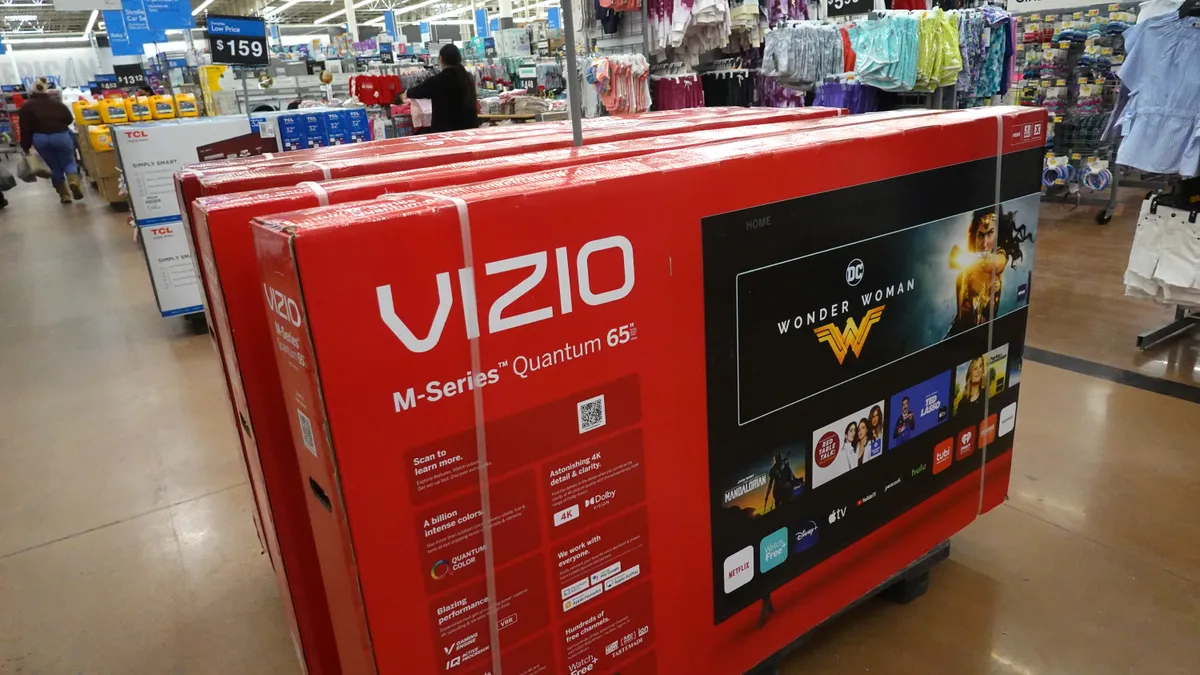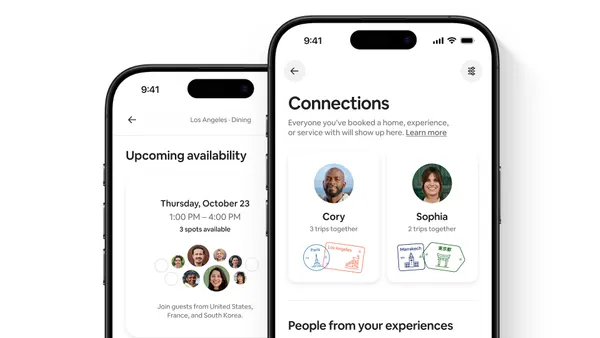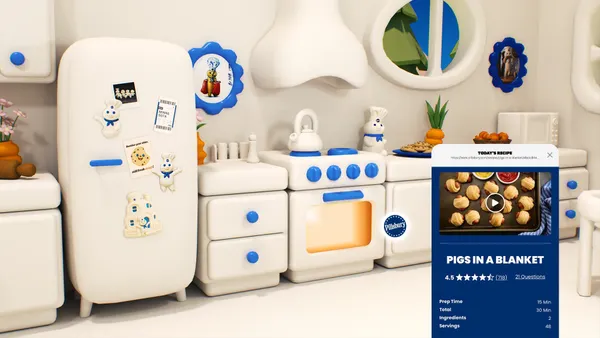Brief:
-
Grubhub agreed to pay $390 million in cash for LevelUp, a startup whose mobile app lets restaurants offer online ordering, mobile payment and loyalty rewards to their customers, according to a statement. The acquisition adds more restaurants like KFC, Taco Bell, Bareburger and Roti to Grubhub’s clientele, making it easier for them to work with the Grubhub marketplace, per TechCrunch.
-
LevelUp makes money from customized software development, subscription fees for restaurants and a transaction fee. LevelUp handles more than 100,000 orders a day to generate $400 million in annual restaurant sales, per Grubhub CEO Matthew Maloney.
-
Grubhub announced the acquisition as part of its earnings announcement for Q2 2018, when the company’s active diners surged 70% from a year earlier to 15.6 million. Revenue rose 51% to $240 million, while Grubhub’s profit more than doubled to $30.1 million.
Insight:
Grubhub’s planned acquisition of LevelUp, an early entry in tying together mobile payments and loyalty, will give the food-delivery app, which works with about 85,000 restaurant partners in more than 1,600 U.S. cities and London, greater point-of-sale capabilities. The deal gives Grubhub an advantage over those rivals in strengthening relationships with its current restaurant customers and speeding up the acquisition of new ones, per Matthew DiFrisco, an analyst for Guggenheim Securities.
Grubhub, founded in 2004, has been buying food-takeout companies like Seamless and Yelp’s Eat24 to build scale and standardize services under a national umbrella. Grubhub has staged a strong turnaround since 2015, when the company faced new threats from startups like DoorDash, Postmates and Uber Eats. Investors cheered Grubhub’s results as its stock surged as much as 26% to an all-time high yesterday.
Grubhub is riding a wave of change in the way U.S. consumers eat. In-restaurant dining is in the middle of a sales decline that likely will last for years as people seek the kind of housebound convenience they’ve learned to expect from e-commerce companies like Amazon, eBay, Expedia and Wayfair. Restaurants will need to adapt to changing consumer preferences the same way that traditional retailers have adapted for the online age.
Last year, online delivery orders made up only 1.6% of U.S. restaurant transactions, per Cowen restaurant industry analyst Andrew Charles. But the same analysis estimated that online delivery made up $19.7 billion in gross merchandise volume, or 3.7%, of restaurant sales in 2017. That percentage is similar to what the retail industry saw in 2008 as consumers continued to shift their buying habits to online merchants, per Bloomberg. Since then, e-commerce has only grown while brick-and-mortar retailers have lost sales and closed thousands of stores.












